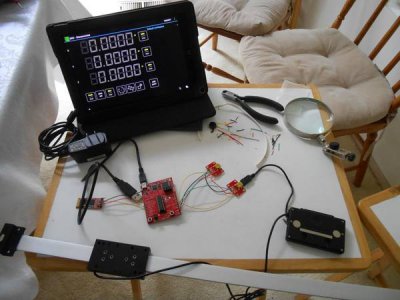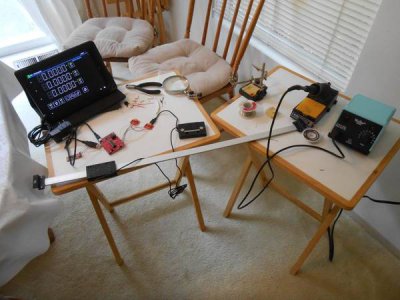- Joined
- Jul 19, 2013
- Messages
- 590
110--Good post. Sure like the kill switch idea.
Renn--Do run a separate ground (green). In addition to 110's info your motor plate shows that switching only the red & black leads reverses the motor. Once disconnected, you can check the switch using a multi/ohm meter so you are certain what gets connected to what, and when. Double check your work and post photos, here, before smoke testing it, if you'd like. When tested, if the switch throw isn't intuitive, reverse red and black connections.
The fact that my lathe (which has been converted to 220v 1-phase) has had its switch replaced may be a simple coincidence because it seems that your old switch should be usable, if connected properly. You may prove this with a search. Never had to deal with 3-phase til now. My mill has a static phase converter so I haven't been concerned about the differences.
Renn--Do run a separate ground (green). In addition to 110's info your motor plate shows that switching only the red & black leads reverses the motor. Once disconnected, you can check the switch using a multi/ohm meter so you are certain what gets connected to what, and when. Double check your work and post photos, here, before smoke testing it, if you'd like. When tested, if the switch throw isn't intuitive, reverse red and black connections.
The fact that my lathe (which has been converted to 220v 1-phase) has had its switch replaced may be a simple coincidence because it seems that your old switch should be usable, if connected properly. You may prove this with a search. Never had to deal with 3-phase til now. My mill has a static phase converter so I haven't been concerned about the differences.



